If you ever visit Namibia, you will hear people talk about the weather a lot – in particular about rain! Rainfall rules the lives of farmers and also wildlife including giraffe. While giraffe are not necessarily dependent on free water, rain is needed for plants to grow and generate food.
Animals and people alike are forever hoping for rain – unlike in many other parts of the world.
In our last Adopt Report, we talked about the onset of the hot-dry season, which normally precedes the hot-wet season. Each new year is expected to bring the rains in late January or early February and with it respite from these harsh conditions that the giraffe and other inhabitants face. However, this year the far north of Namibia has experienced rather severe drought conditions and there has been very little rain. Unfortunately, the catchment areas of the Hoanib and Hoarusib Rivers have not escaped the drought and as already mentioned in the last report, animals have started moving out of the rivers and into the mountains or further afield in search of much needed sustenance.
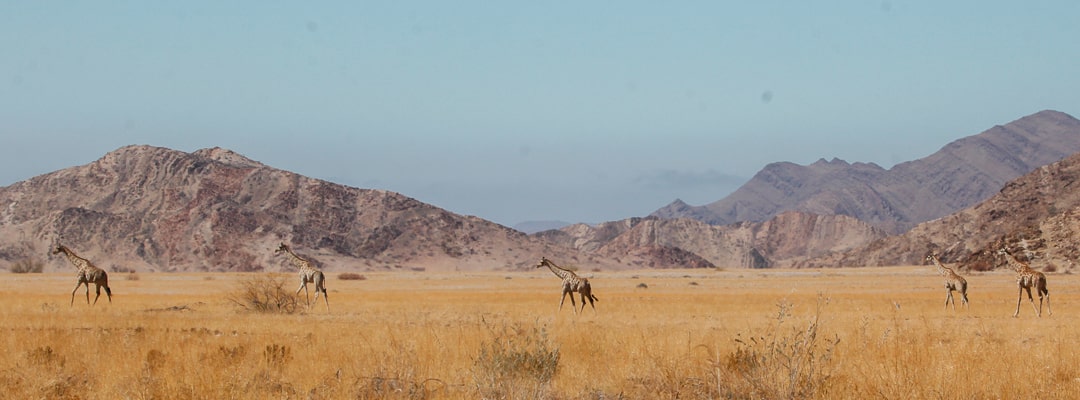
At the same time, we have observed cattle from the local villages move further into areas that are normally reserved for wildlife. During a recent field trip, we observed cattle far into the vast expanses of the Giribis Vlakte (Afrikaans for ‘plains’) only approximately 35km north of the Hoanib River. Local communities brought their cattle to these remote plains in search of the last remaining dry grass in the area. However, this means that cattle ranges start overlapping with those of giraffe and other wildlife – and also predators which may lead to conflict.
During our recent trips to the northwest, we have seen fewer Hartman’s zebra, oryx and springbok than usual as they are obviously spread far and wide. Interestingly, we spotted many more kudu up in the mountains enjoying the plentiful supply of Euphorbia. It is always an amazing sighting seeing these guys in such an arid environment. Giraffe have also dispersed high into the mountains, making it very difficult to follow them in the field. Another recent lucky and extremely rare sighting was of a caracal sitting quietly under a Shepard’s bush high up in the mountains.
Fortunately for us, we are able to plot some giraffe movements in the northwest with the help of the GPS satellite units that some giraffe are carrying. We will talk about this a little more in our next Adopt Report and share some of the maps we produce based on the super-interesting data we collect.
While most of the study area did not receive any rain before late March, both the Hoarusib and Hoanib Rivers flooded in their upper reaches in February, feeding both river systems with life-giving water. How is that possible? Both rivers are fed by enormous catchment areas spanning several thousand square kilometres far inland into central Namibia. This means that rain could fall hundreds of kilometres away from our study area, but the water eventually makes its way down to where it is needed most – often in a raging torrent.

While the harsh desert-scape is absolutely stunning to the human visitor’s eye at the moment, there is literally no grass remaining in most areas. Luckily, trees in Namibia seem to be able to predict the rain and new growths started appearing in parts of the study area throughout March – great for giraffe.
And then the rain actually came!
During a recent trip to the mountainous area around Okongwe springs, our team was lucky enough to experience the much anticipated and greatly needed rains finally arrive in the area. It was spectacular to see the Hoarusib River in full flood and still going strong after several days. This was only topped by spotting a few giraffe casually strolling through the river and enjoying a refreshing drink! What a rare and incredible sight!
It is astonishing to see how quickly the arid northwest flourishes after just a small amount of life-giving rain. Tinges of green start covering the ground only days after rain has fallen, almost resembling the lush rolling hills of Ireland – well maybe not quite, but amazing to see things bounce back to life.
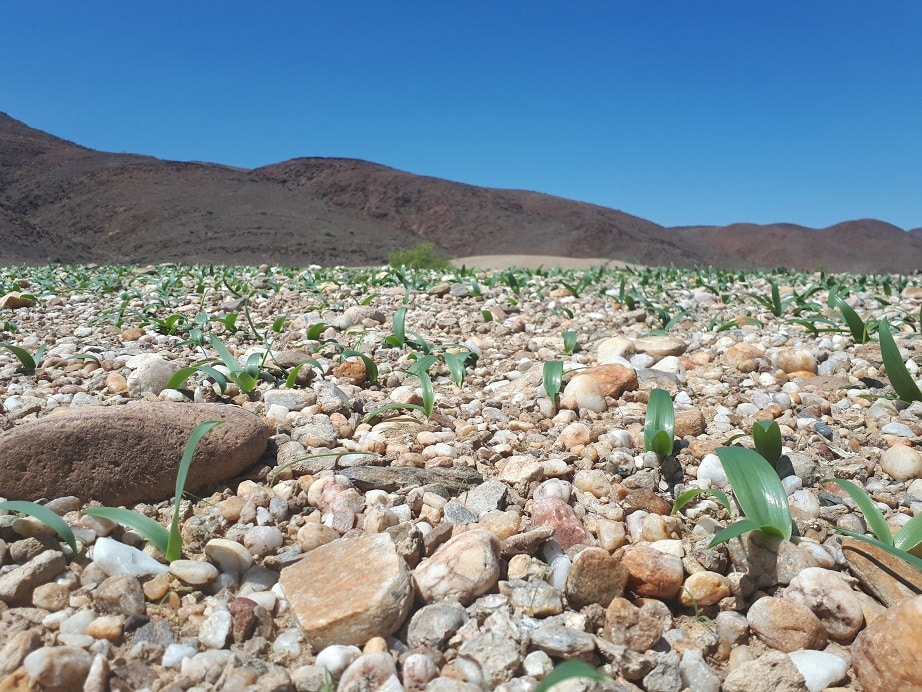
As always, we have been on the lookout for our adopted giraffe. We have added a few new faces to our adoptees, check out the profiles of Eros, Coffee Bean and Windy to find out more about these new additions.
Sightings
Muffin has not made an appearance since we last saw him in the Palmwag concession a few months back. It is not uncommon for a giraffe to wander off from its natal area, particularly a young bull like Muffin. He has probably moved away to avoid the dominant bulls of the Hoanib River and to find his own patch, including a few females to hang out with.
Eros
Two of those more dominant bulls are our new adoptee additions Eros and Coffee Bean. Both giraffe are both firm fixtures in the Hoanib River and we regularly see them during our surveys – often in each other’s company or not far from some of the females and youngsters in the river.
Windy
Windy is another common sight in the Hoanib River. Windy was one of the first giraffe recorded and named by Dr Julian Fennessy during his PhD research 20 years ago. As a result, we have a lot of data to analyse who she regularly spends time with. Giraffe are often described as having fission-fusion relationships, however the more we study these majestic animals the more we learn about their social structures and it appears that some, like Windy, have developed strong bonds with specific animals rather than random associations.
Monkey
Monkey made a brief appearance in February. She was seen in the midst of a large group of giraffe near the gravel plains north of the Hoarusib River. True to our recent experiences with Monkey, she was up to her usual tricks and very coy around the camera. She headed off into the bushes as soon as she spotted us, but not before we snapped a couple of photos!
Kaoko
Kaoko on the other hand (or should we say ‘on the other hoof’?) continues to hang around the northern banks of the Hoarusib River near Puros. And she obviously likes company! We spotted her several times during the last few months, usually as part of a large mixed herd of 15-20 giraffe. It does not appear that she has a calf of her own yet, but many other youngsters to hang out with.
Winky Wonk
After a few months of absence, we recently spotted Winky Wonk in the Hoarusib River hanging out with Kaoko and her friends. Giraffe can travel well over 20km in a night, and bulls particularly appear to be more transient, moving in search of food and receptive females.
Kunene
Kunene remains elusive. This young giraffe is in her prime and quite possibly pregnant or looking after a new calf somewhere in the vast expanse of our study area. Like Muffin, it is possible that she has decided to move away from where she was born and taken up residence deep in the mountains or outside of the area all together. Our study area spans over 6,500km2, so it is no surprise that some of our adopt giraffe remain in hiding at times.
Dobby
Dobby has similarly vanished for the time being. As we pointed out in the last report, he is going through a colour change, so maybe his spots have faded so much that we could not see him – just kidding. We will keep a lookout for Dobby and all the other adopted giraffe for you and report back soon.
Thanks again for your support.
You continue to make giraffe conservation in north-western Namibia and throughout Africa a reality!
Get Involved, Stay Involved
Give
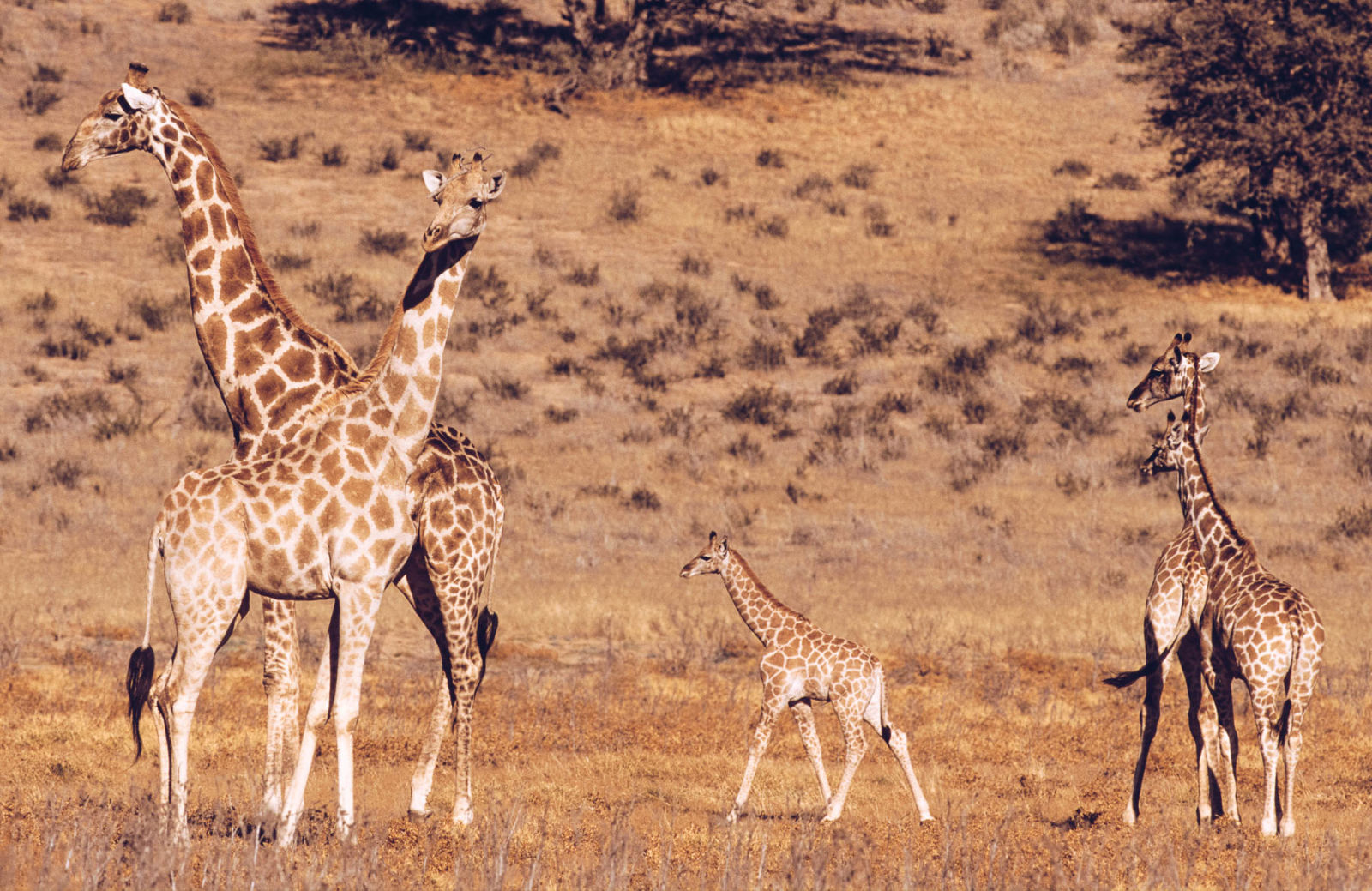
Donations are the bread-and-butter of our conservation work.
Your donations directly contribute to our ability to ensure a sustainable future for giraffe in Africa.
Adopt
World Giraffe Day is coming up soon!
This year we are raising support for Twiga Tracker, the largest giraffe GPS satellite tracking programme ever in Africa. We are planning to tag a minimum of 250 giraffe throughout their range to better understand their movements and use of habitat. With your support we can reach our ambitious fundraising goal of US$1,000,000 to secure a future for giraffe in Africa.
Spread the Word
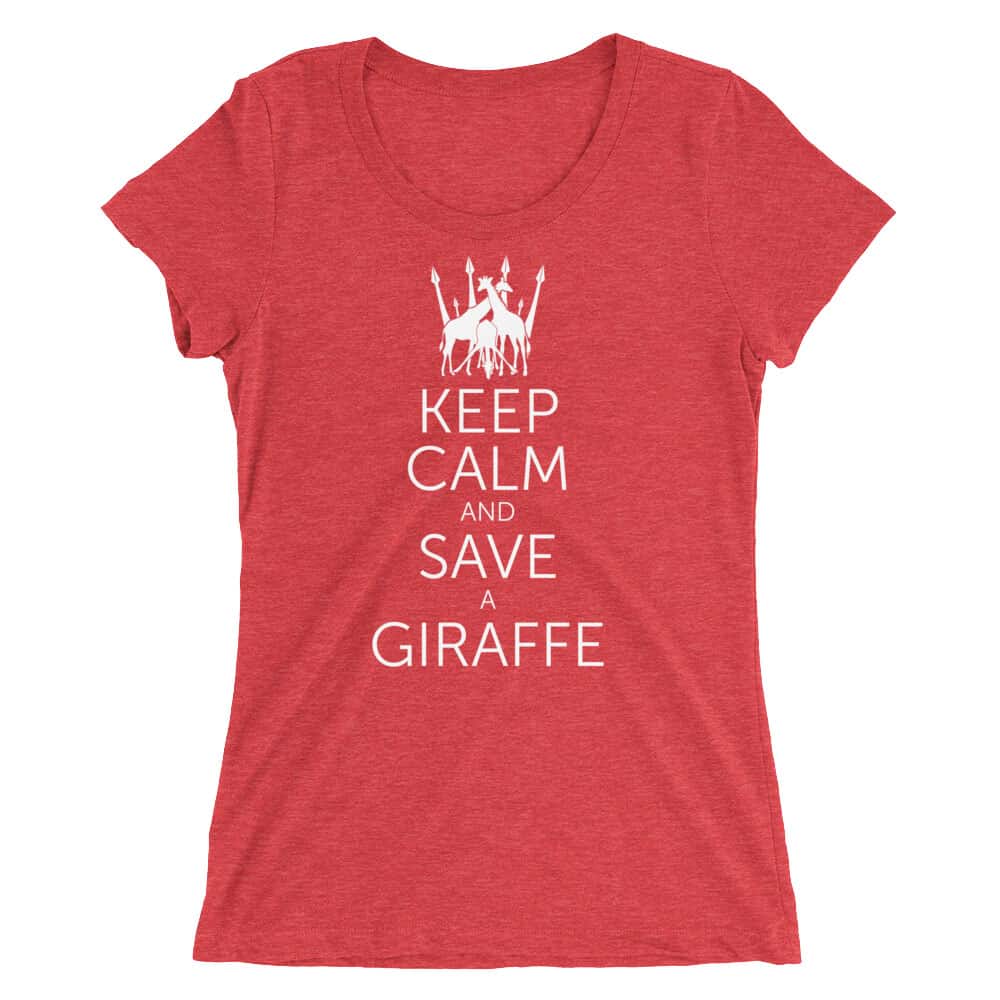
Wear our official apparel to support our work, and our message.
By buying official GCF gear, you’re supporting our work in two ways:
- You are literally wearing the message to help spread the word about giraffe endangerment.
- Funds from each purchase directly support our conservation work in Africa.

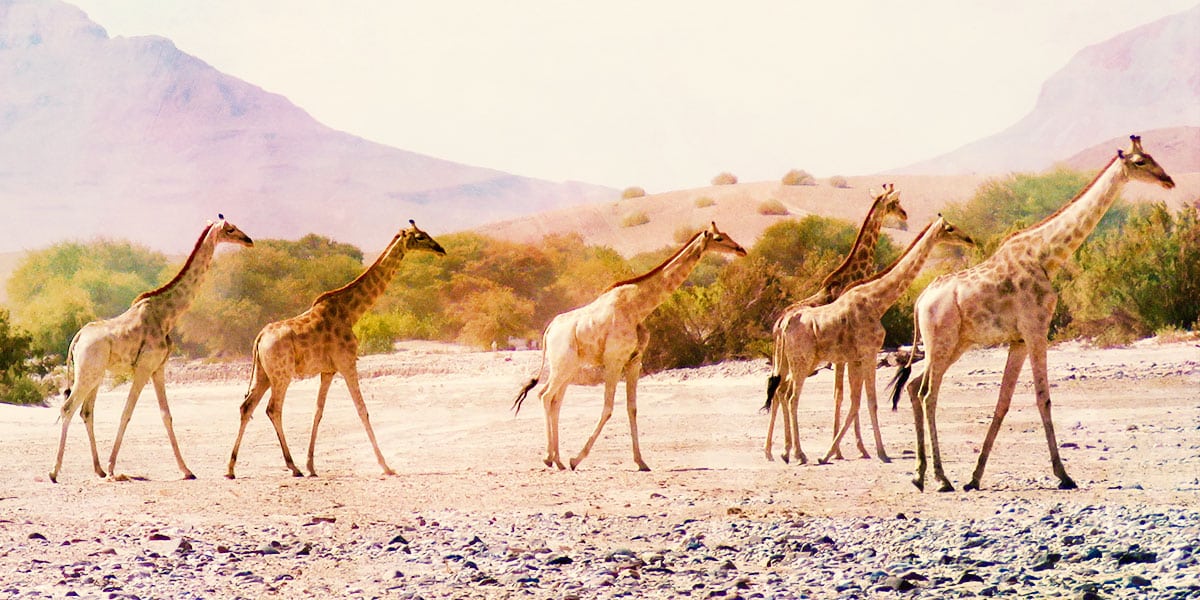


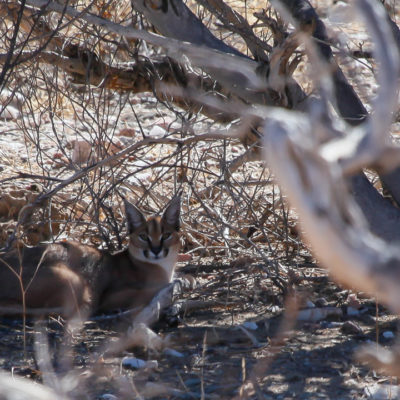
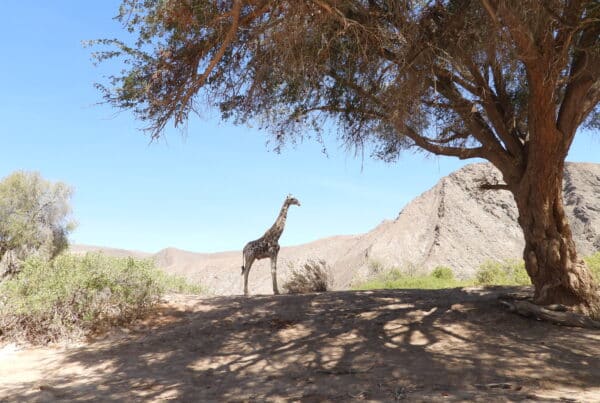
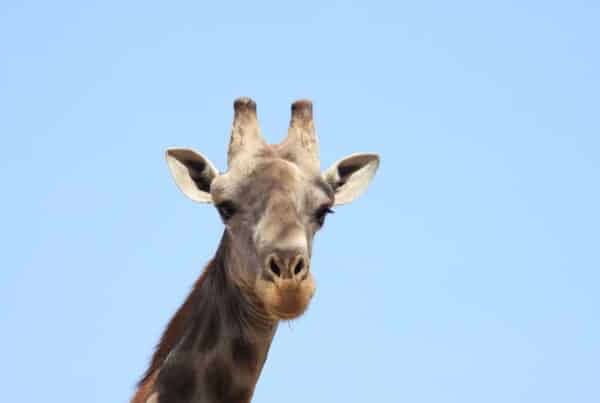

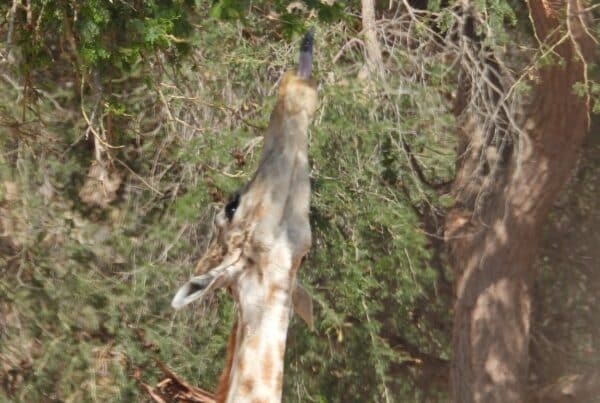

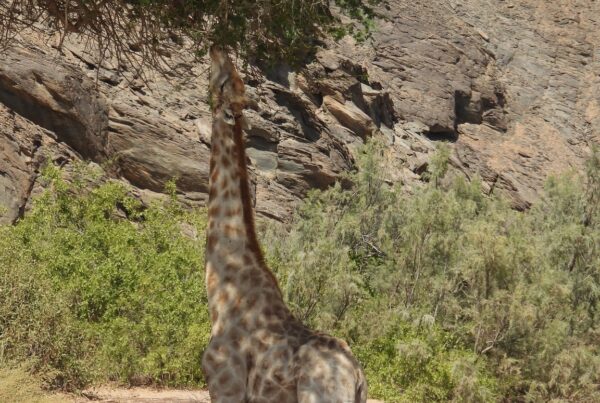
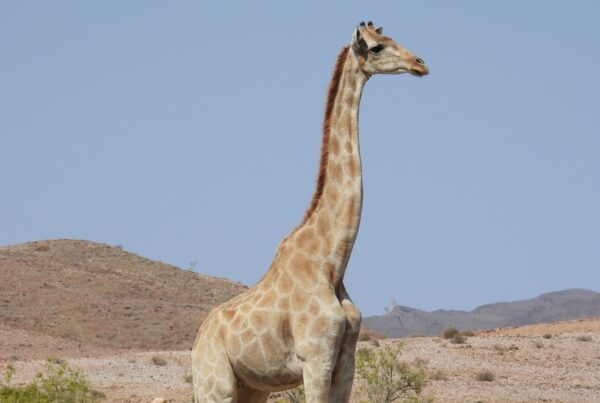







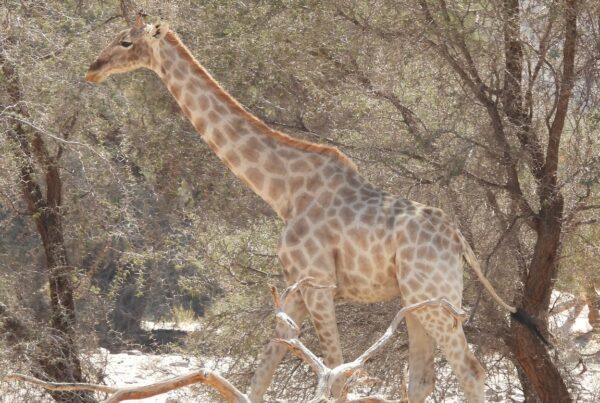
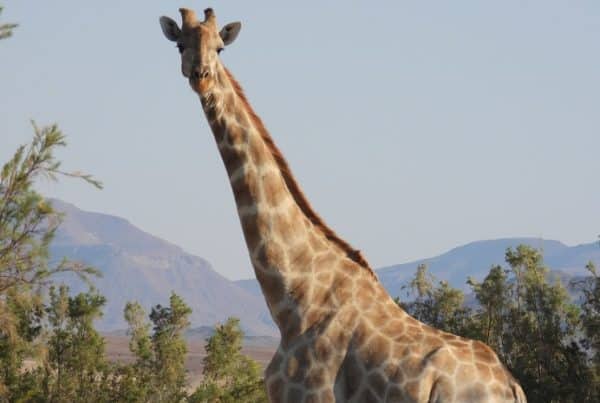
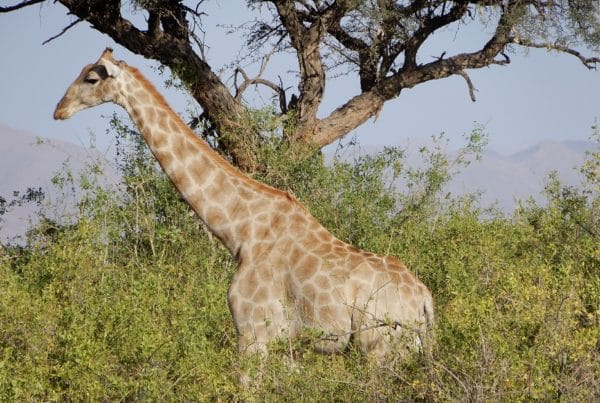
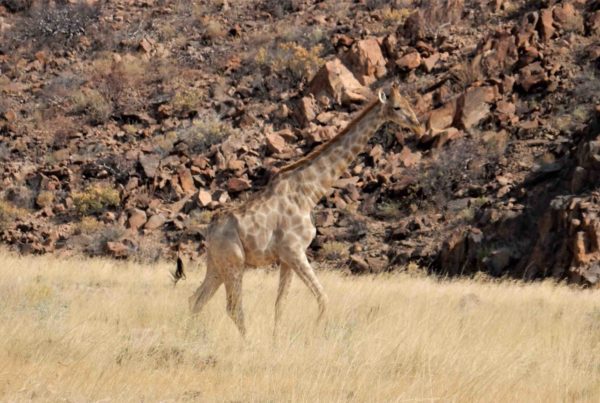
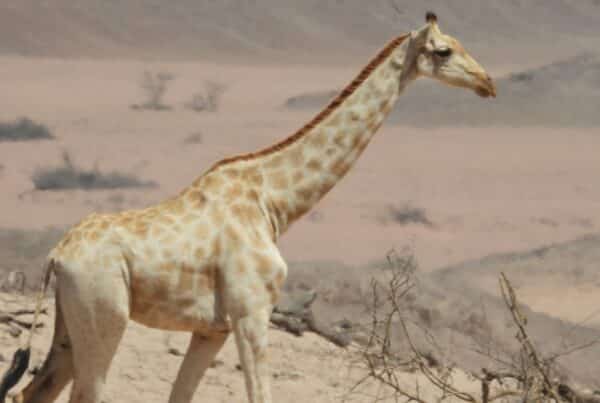
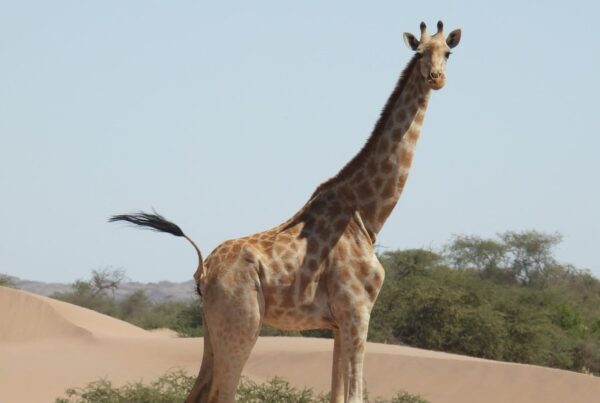




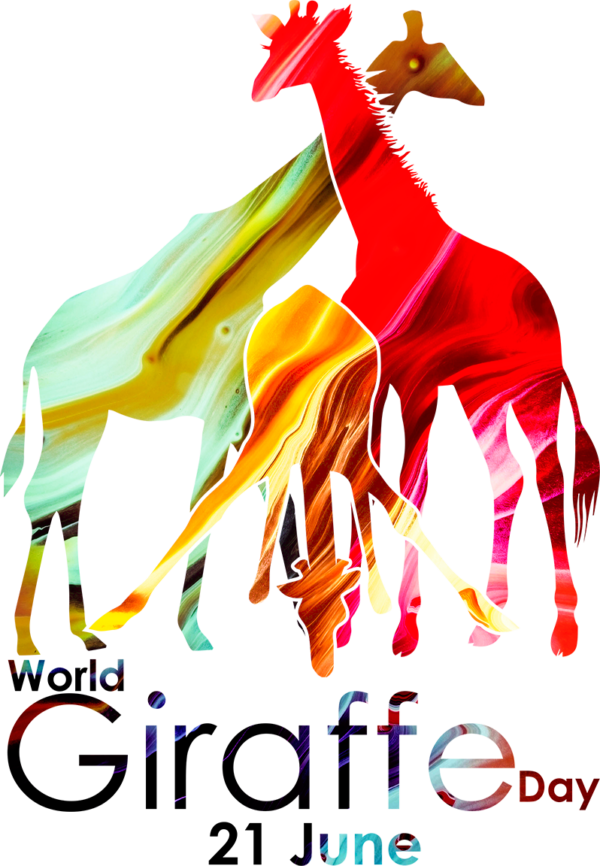
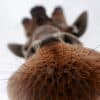
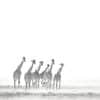


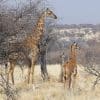

I love you Monkey
DOBBY RULES